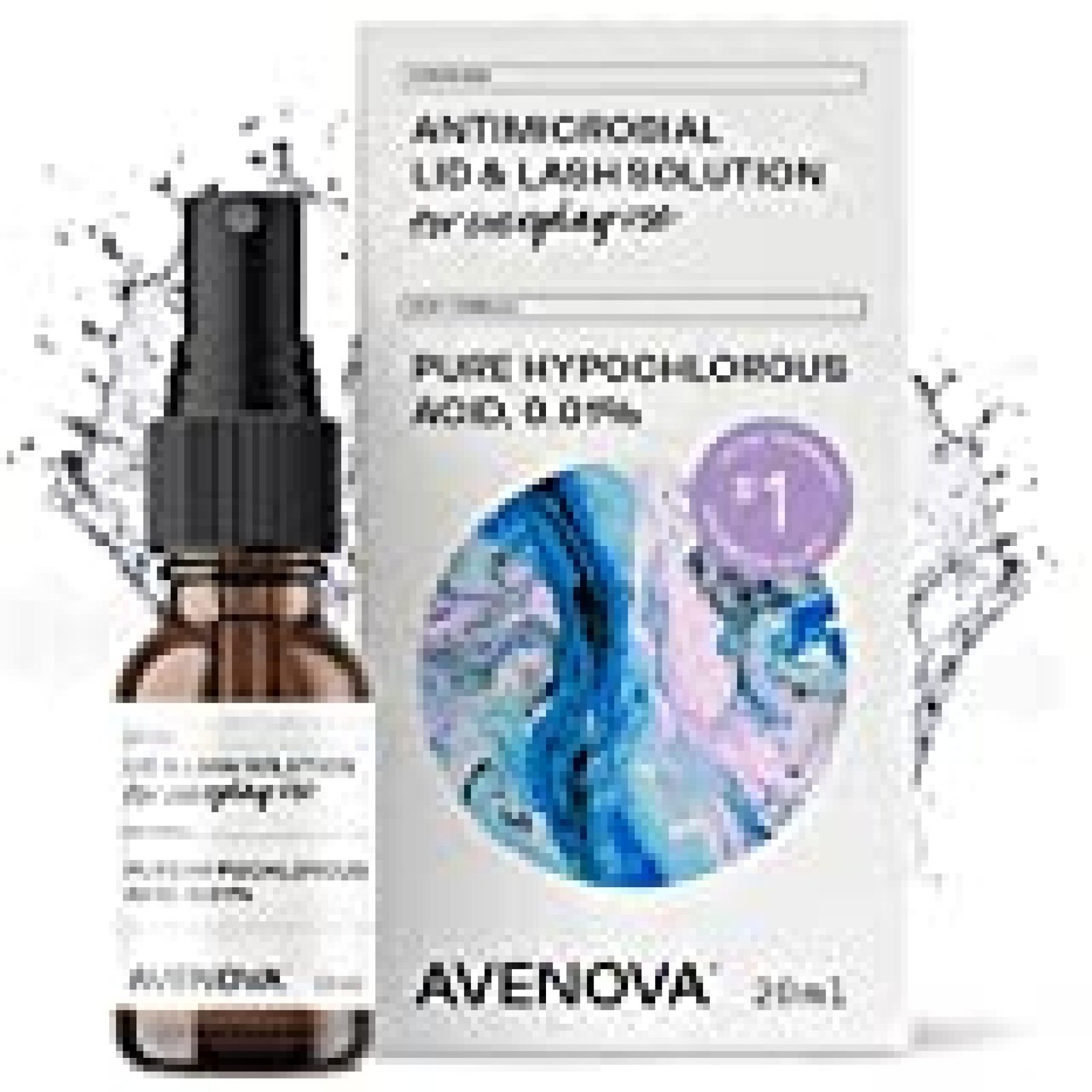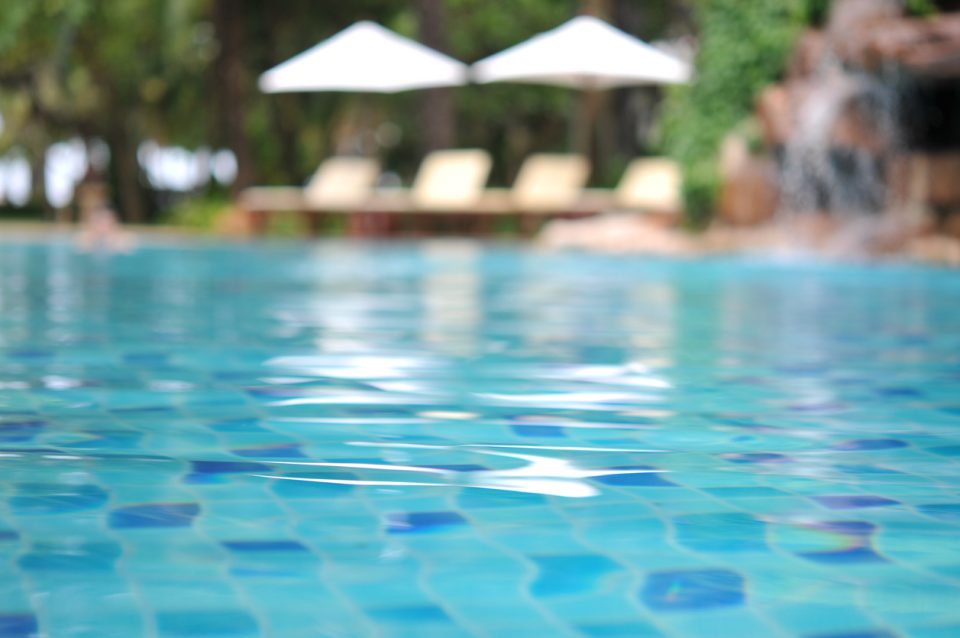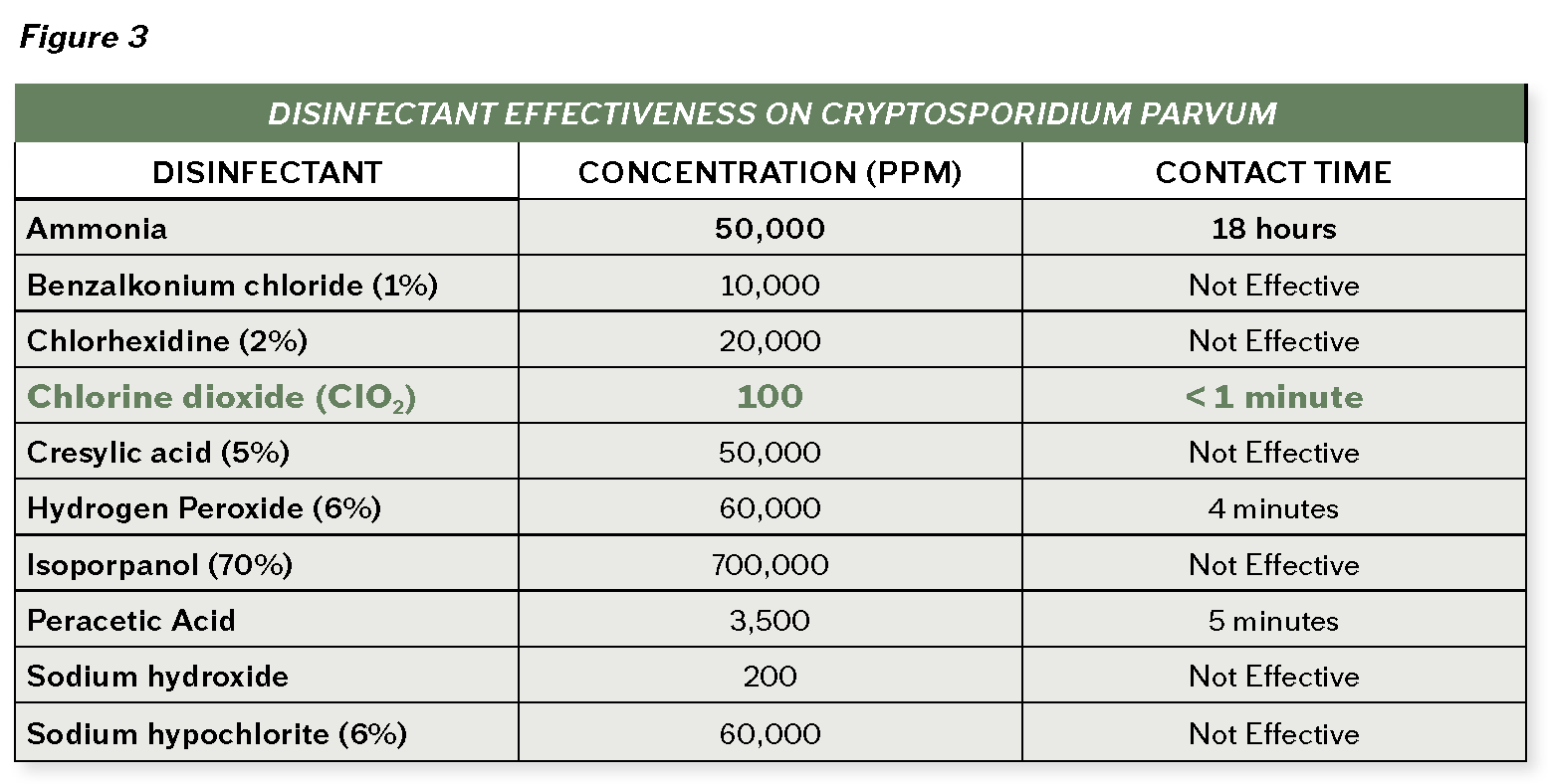


The Demodex count between them is significant (Z = -2.310, ∗ p = 0.032 < 0.05).

There is no statistic difference between them on OSDI (day 15: p = 0.061, 30: p = 0.055, 55: p = 0.052) results show the 10.57 ± 0.13 and 12.54 ± 0.17 reduction on OSDI the differences of both treatments are significant (∗∗ p 0.05). The patients' complains, the meibum analysis, conjunctive congestion, corneal staining, Schirmer's I test, and NIBUT were recorded by K5M, the MMP-9, and IL-2 of tear by inflammation kit the Demodex was recorded by microscopy.ĥ3 patients have joined this study. All the data was recorded at the 1st, 15th, 30th, and 55th days. We set this study of 0.01% HOCL and 0.1% hyaluronate by ultrasonic atomization. To explore the effect of hypochlorous acid on the meibomian gland dysfunction dry eye through ultrasonic atomization. Hypochlorous acid eyelid wipes may affect the internal hordeolum through broad-spectrum antibacterial action to effectively reduce the relative abundance of symbiotic pathogens, such as Staphylococcus, Neisseria, Actinomycetes, and Ruminococcus and increase that of Faecalibacterium prausnitzii and other symbiotic probiotics with anti-inflammatory effects.ĭry eye is a multifactor disease which needs comprehensive treatments to keep the homeostasis of ocular surface. Linear discriminant analysis effect size analysis showed the core flora in Group A microbiome comprising Actinobacteria, Staphylococcus, Staphylococcaceae, Staphylococcus aureus, Ruminococcacea UCg-014, Ruminococcacea-UCG-014, Halomonadaceae, Neisseria, Methylobacterium, Frankiales, and Neisseria sicca, while those in Group B microbial were Streptococcus sp., Blautia, Bifidobacterium pseudocatenulatum, Subdoligranulum, Subdoligranulum variabile, Faecalibacterium, and Faecalibacterium prausnitzii.Įyelid cleaning with hypochlorous acid eyelid wipes does not change the biodiversity in the meibomian gland secretions of patients with internal hordeolum. Starting from the class level, significant differences in microbial communities were detected before and after eyelid cleaning (P < 0.05). At the phylum level, there was no significant difference between the two groups. Samples were submitted to 16S rRNA high-throughput sequencing, and the resulting data were analyzed to compare the differences in the structure and composition of meibomian gland secretion microbial flora before and after treatment of internal hordeolum.Ī total of 2127 operational taxonomic units were obtained from the two groups of samples, and there was no significant difference in alpha diversity before and after eyelid cleaning. Meibomian gland secretions were collected from subjects before treatment (Group A) and from patients cured after eyelid cleaning with hypochlorous acid eyelid wipes for 7 days (Group B).

A total of eight patients with internal hordeolum who attended the ophthalmology clinic of our hospital from April to August 2020 were included. This was a prospective, matched-pair study. The aims of our experiment were to compare the microorganisms in meibomian gland secretions from patients with internal hordeolum before and after treatment using hypochlorous acid eyelid wipes, to elucidate the mechanism underlying hypochlorous acid eyelid wipe treatment of internal hordeolum.


 0 kommentar(er)
0 kommentar(er)
